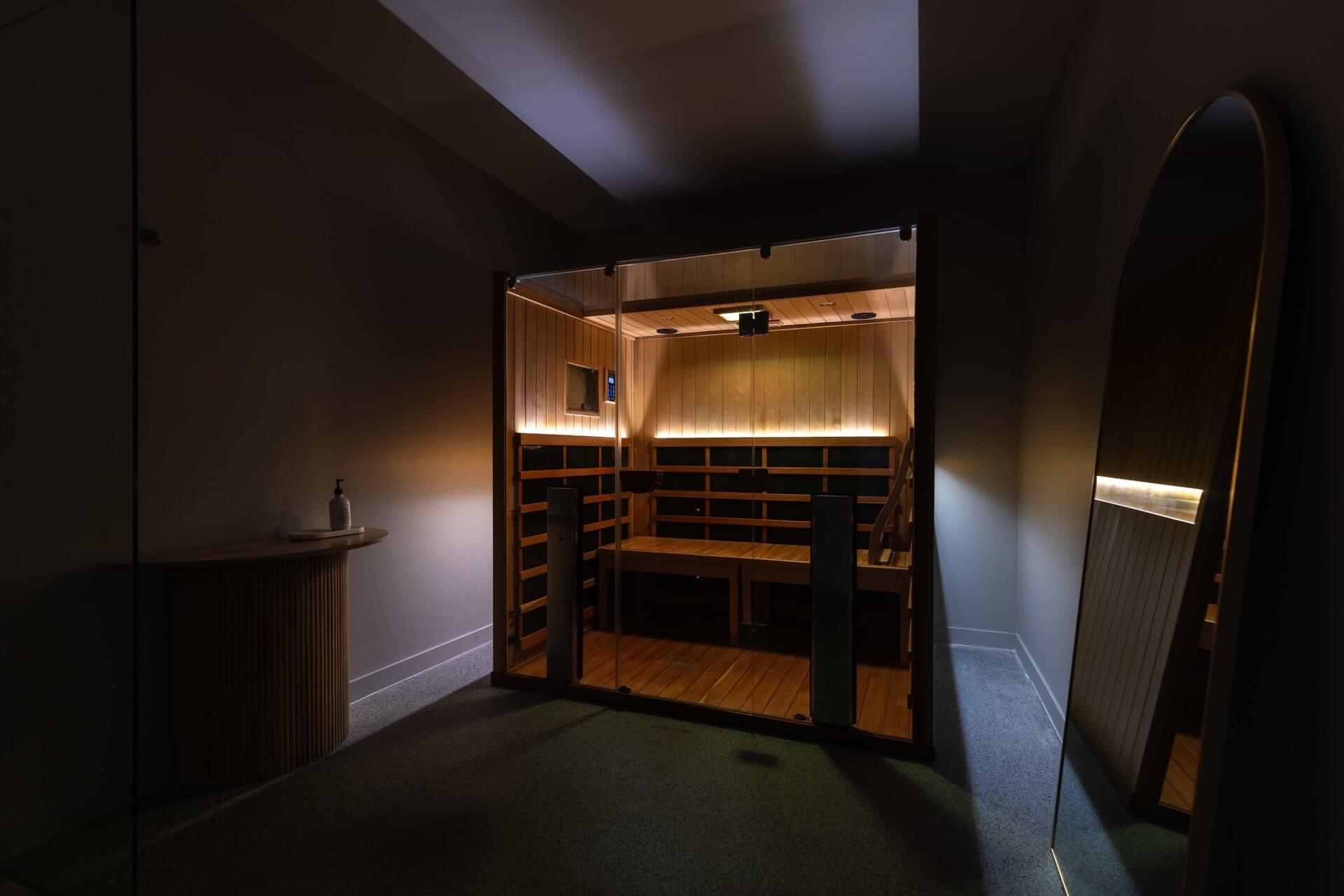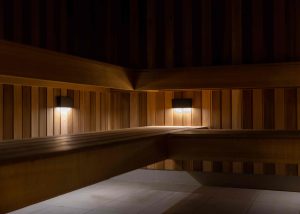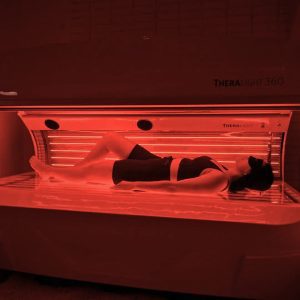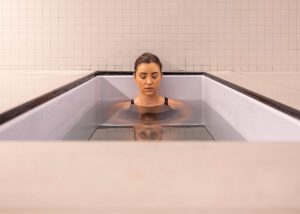
Using infrared saunas for pain relief
Infrared saunas can offer a plethora of health benefits for users, including the potential alleviation of pain. For some, this treatment plan is so effective that some doctors prescribe it for people with chronic pain conditions such as arthritis and fibromyalgia. Infrared saunas penetrate the body tissues deeper than other heat therapy solutions, so the heat can relax the muscles and improve blood circulation while reducing inflammation.







